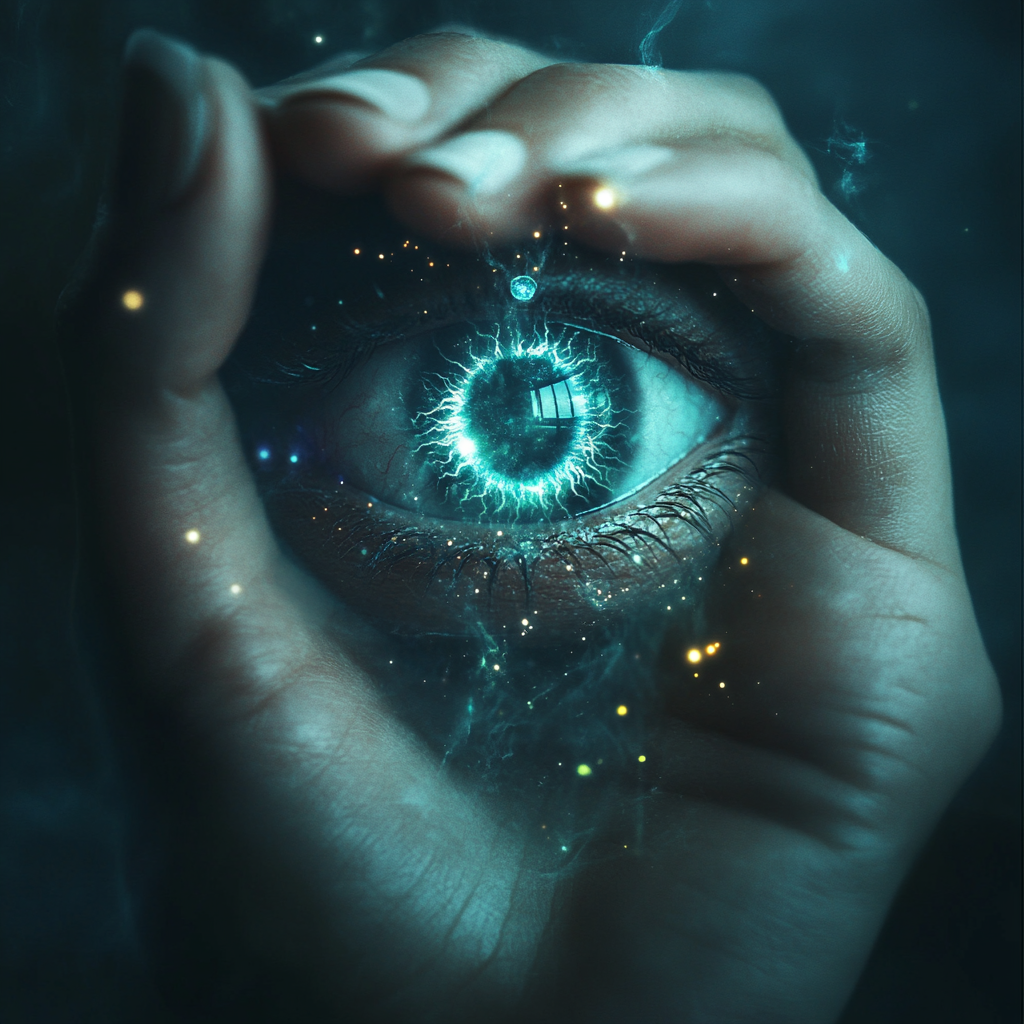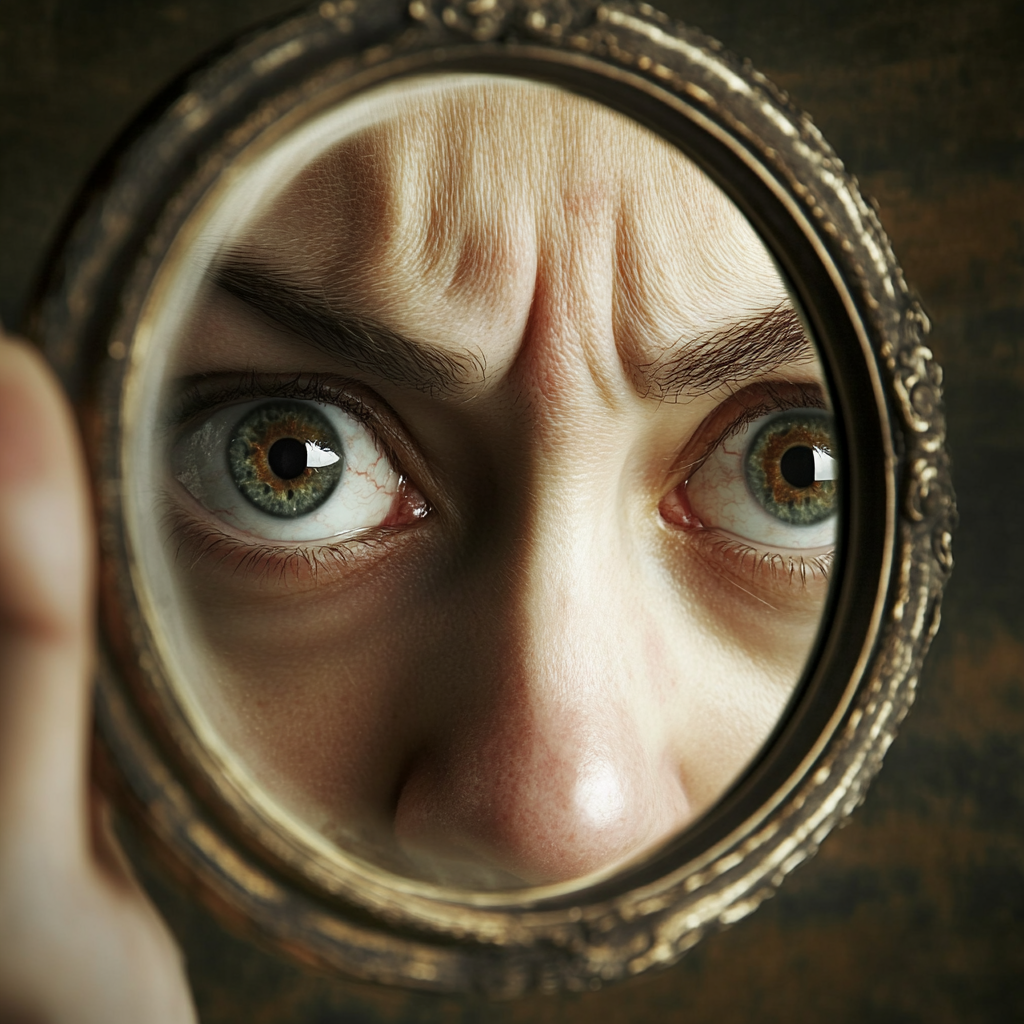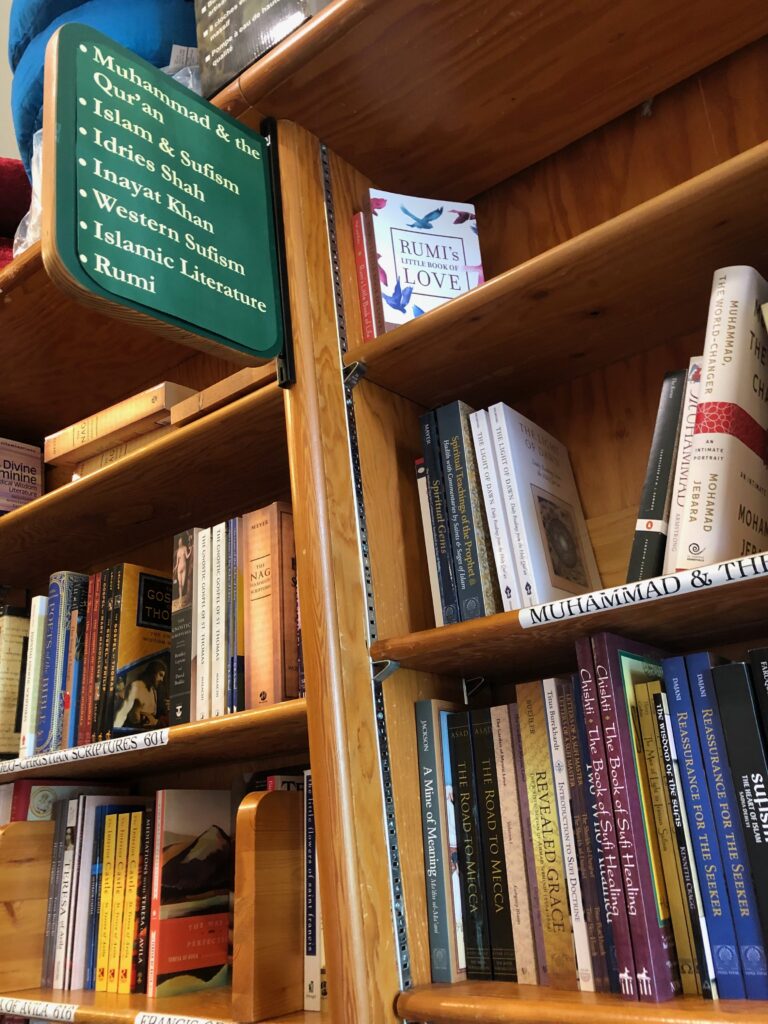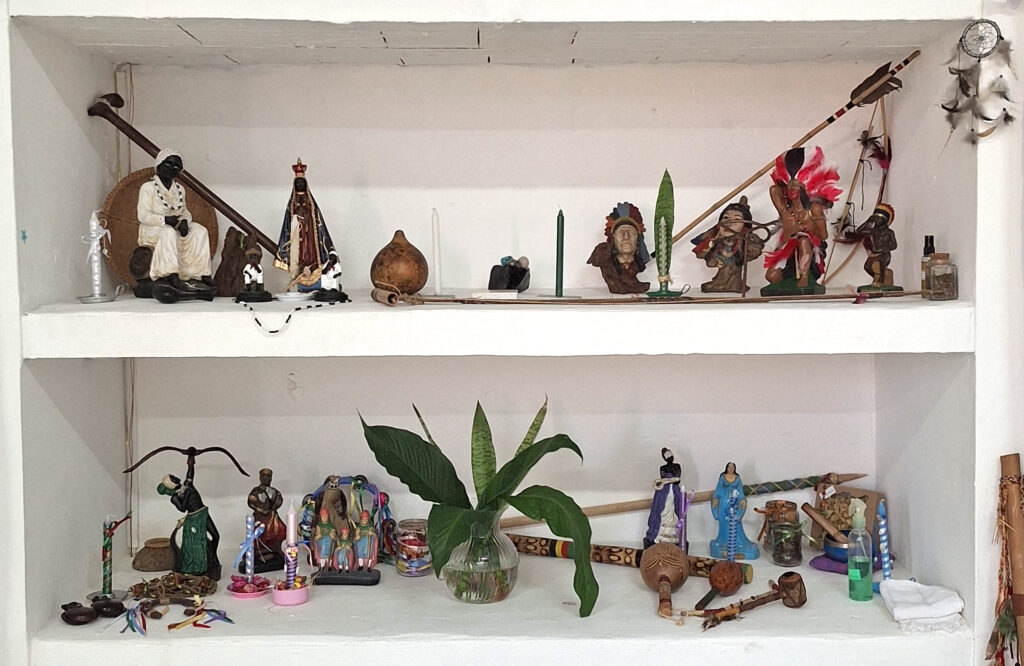By Roger Canals
What does it mean “to see”? At first glance, the question seems rather obvious: “seeing” means perceiving through the sense of sight what we have in front of us.
Yet the comparative study of visual religious experience shows us that this issue is much more complex. And if “seeing” would imply something more than “just” observing the “external world”?
We may distinguish two basic models of sight or vision, which I propose to name “receptive seeing” and “projective seeing”.
The former refers to the common understanding of the notion of “seeing” within Western thought (at least from the emergence of Modern science on). It is the model that we spontaneously accept as “natural”. According to this paradigm, the act of “seeing” is defined as the reception of external impressions. When we open our eyes, we capture the objects that surround us thanks to the action of the light. It is important to note that, within this paradigm, the sight is considered as the most “objective” sense (the one that would let us obtain an experience of the world “as it is”).

The “projective” model of vision, on the contrary, understands the act of seeing not just as the reception of external impressions but rather as the projection of internal intentions. Seeing is an almost tactile experience. Therefore, seeing entails an intervention in the world, thus becoming a performative, relational and moral act. In a nutshell: seeing is touching from afar. The see implies entering physically in contact with others. From this point of view, there is no “neutral” or “objective seeing”: we see morally a world made of a plurality of agents whose gazes are transforming what they see.
One of the best examples of the “projective” paradigm of vision is the evil eye. The evil eye is a spell or curse that someone “projects” onto another person in order to “possess” or “control” her. The evil eye is intimately linked to the sentiment of jalousie or envy. The gaze of the envious person may literally affect the person to which it is directed, thus having a corporeal effect on her. The evil eye is like a hoax. It is analogous to the net of the spider, capable of entrapping its victim. Rituals against the evil eye have the purpose to disconnect the physical link between the “seer” and the “seen”. It is important to note that, in the processes of evil eye, both the person who envies and the person envied suffer from a process of de-personalization, that is, of a loss of Self. The former feels out of herself or himself since she or he wishes to be another person. The envied person suffers a process of weakening of his identity since the latter is being captured by the “aggressor”.

In order to protect from the evil eye, individuals from different cultural settings (Caribbean Region, Mediterranean zone, India) wear small mirrors or necklaces with a stone representing an eye. The idea is that with this protection the “evil gaze” of the envious person will “bounce off” and come back to the sender of the spell, thus affecting him or her. The reflection is a mode of personal defence.
In general, in places where the “projective” understanding of the gaze is dominant, the act of seeing is understood as a moral and political action, since it redefines the relationships that people maintain among themselves and with the world.
This understanding of the act of seeing may seem very distant from our way of conceiving it. But is it really the case? I think not. I am convinced that in our day-to-day life most of our experiences regarding the act of looking and being looked at are much closer the idea that “looking is touching from afar” than what we could initially imagine. Think, for instance, on the physical effects of the act of seeing. It is undeniable that some gazes may “hurt” us, “excite us” or even “make us feel safe”. When we look directly in the eyes of other people, we may feel a physical reaction. Children usually play at looking straight in the eyes of the other and see who laughs first.

In many occasions, looking acquires the status of a moral action. A look may be a form of forgiveness or of accusation. Also, a proof of love and esteem. These examples show that there is no “neutral” seeing: seeing is a mode of engagement with the world and with others which implies all senses, as well as the faculty of imagination.
The act of seeing is a fundamental aspect of social life. We construct an important part of our relationship with the world and with others through the act of sight. Yet this act cannot be solely understood as an organic mechanism aimed at perceiving physiologically what exists in front of us, but rather as a social, relational and moral action, that is, as a way of weaving ethical relationships with other individuals (be them human or not) who are also actively looking at us.
This article is part of the ERC project Visual Trust. Reliability, accountability, and forgery in scientific, religious, and social images (PI: Roger Canals, 2021-2026). This project has received funding from the European Research Founding (ERC) under the European Union’s Horizon 2020 research and innovation program (grant agreement No 101002897).
#
Roger Canals is Full Professor at the Department of Social Anthropology at the University of Barcelona. He has written numerous articles on images, religion and cinema in journals like Cultural Anthropology, Hau or Comparative Studies in Society and History. He also is the author of several books, among which A Goddess in Motion, Visual Creativity in the Cult of María Lionza (Berghahn Books, 2017). As a filmmaker, he has directed several films, including The Many Faces of a Venezuelan Goddess (2007), Bea wants to know (2010) and Chasing Shadows (2019). He currently is the PI of the ERC Consolidator Grant Visual Trust. Reliability, accountability and forgery in scientific, religious and social images (2021–2026, www.visualtrust.ub.edu).
His visual works can be watched in his website: www.rogercanals.cat
_____
Image 1: Cast a spell looking through an evil eye (by author)
Image 2: Hyper-realistic photographic portrait intense close (by author)
Image 3: Using a mirror to protect yourself from someone (by author)
_____
CAS-E blogs may be reprinted with the following acknowledgment: “This article was published by CAS-E on December 6th, 2024.”
The views and opinions expressed in blog posts and comments made in response to the blog posts are those of the author(s) and do not necessarily reflect the views and opinions of CAS-E, its founders, its staff, or any agent or institution affiliated with it, nor those of the institution(s) with which the author is affiliated.








